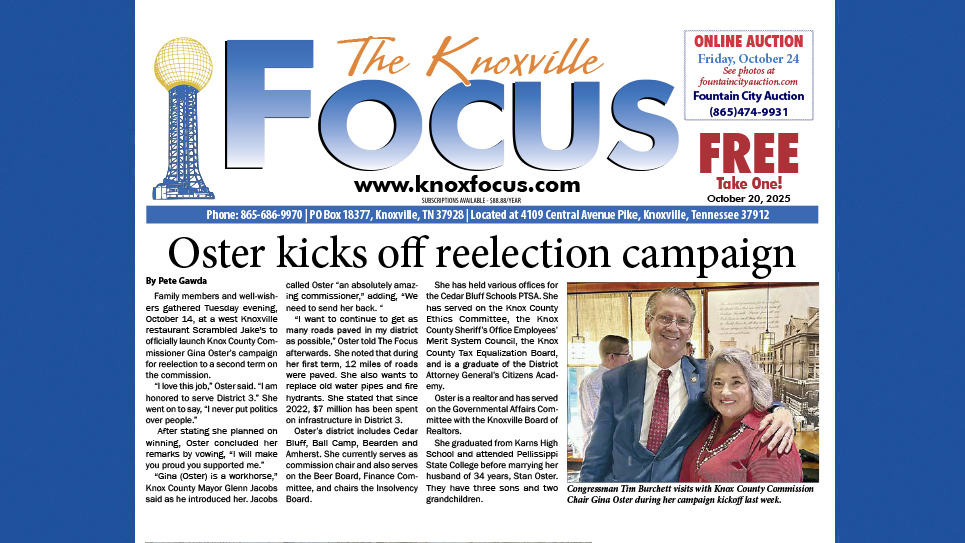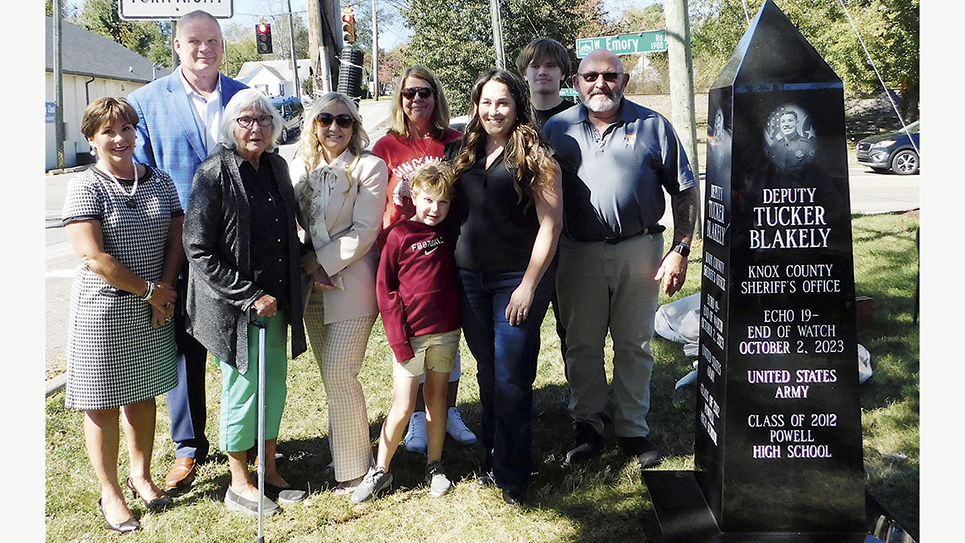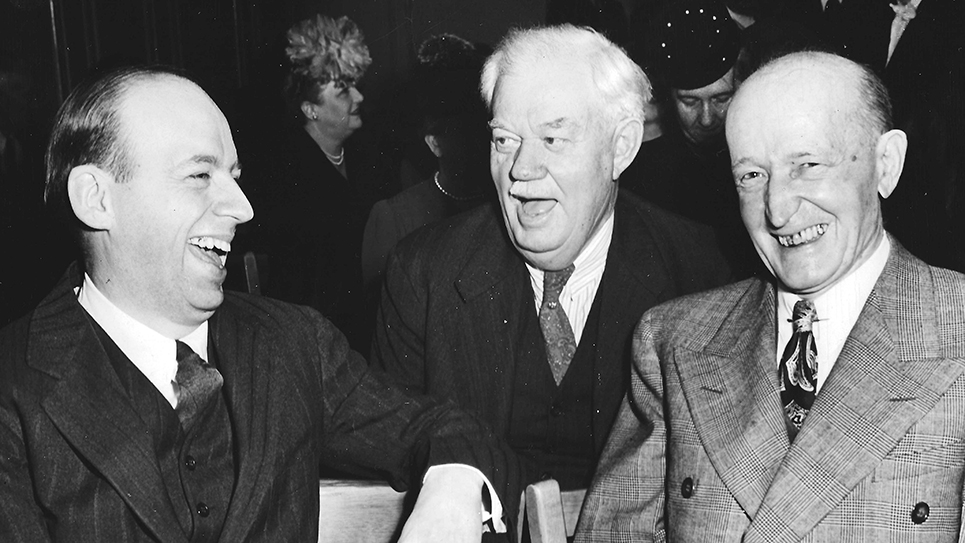By Rosie Moore
Crossword puzzles have a short history but they are said to have been invented by a journalist, Arthur Wynne, from Liverpool, England. The puzzle appeared in a Sunday newspaper, “The New York World” on December 21, 1913. They are said to be the most popular and widespread word game in the world. They were of the elementary kind, apparently derived from the word square, a group of words arranged so the letters read alike vertically and horizontally, and printed in children’s puzzle books and various periodicals. In the United States, however, the puzzle developed into a serious adult pastime.
British puzzles quickly developed their own style, being considerably more difficult than the American variety. Mr. Wynne’s puzzles were different from today’s in that it was diamond shaped and contained no internal black squares. During the early 1920s other newspapers picked up the newly discovered pastime and within a decade crossword puzzles were featured in almost all American newspapers.
As we get older and don’t use our brain as much, it is imperative that we continue to use it as much as possible. We don’t have to use it for school, use it to raise children, or even use it for every day uses like when we were younger. So what to do? Do puzzles, crossword or any other kind. I love crossword puzzles and try to finish the ones in the Sunday News Sentinel. The New York Times puzzle is too hard and the United Features Puzzler is too easy but I still have fun with them. Also, in the daily newspaper I enjoy Celebrity Cipher cryptograms and the Jumble puzzle. It’s not only invigorating to do puzzles but you will also learn a lot as well.
What do you think, Mr. Hunley? Is there room for a crossword puzzle in The Focus?
Thought for the day: It’s always the small pieces that make the big picture. Taylor Gunderson
Send comments to: rosemerrie@att.net. Thank you.






